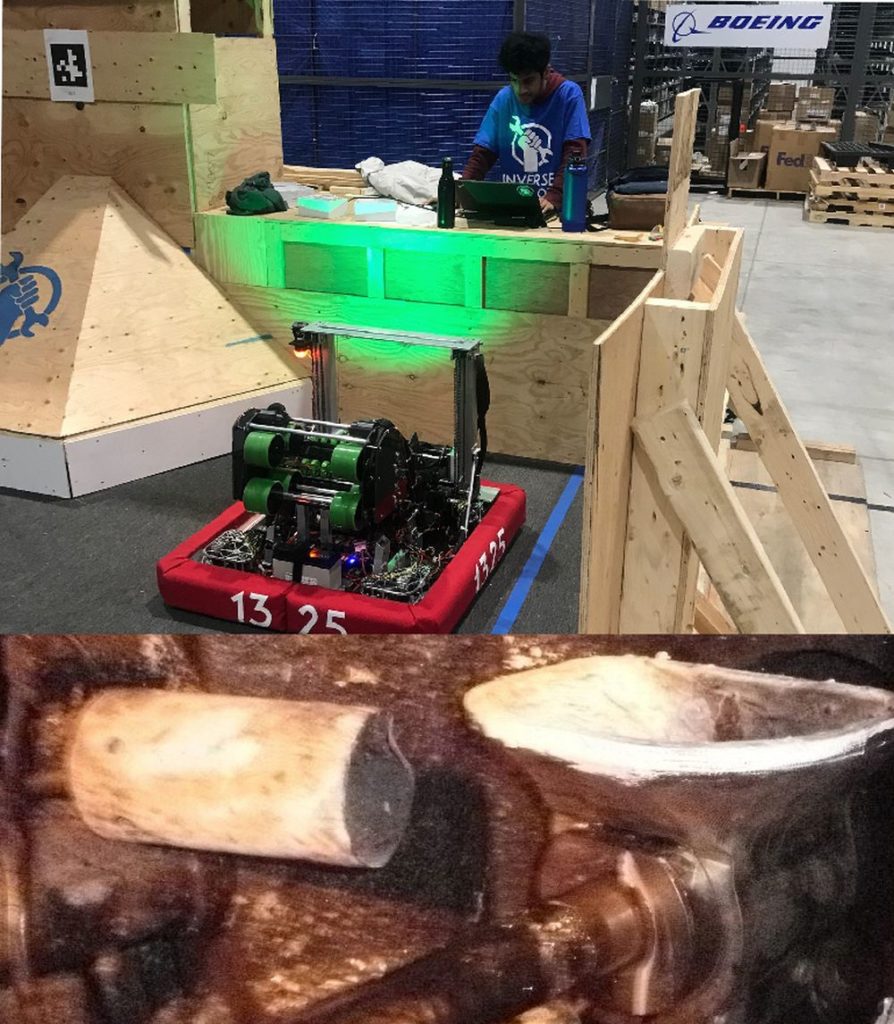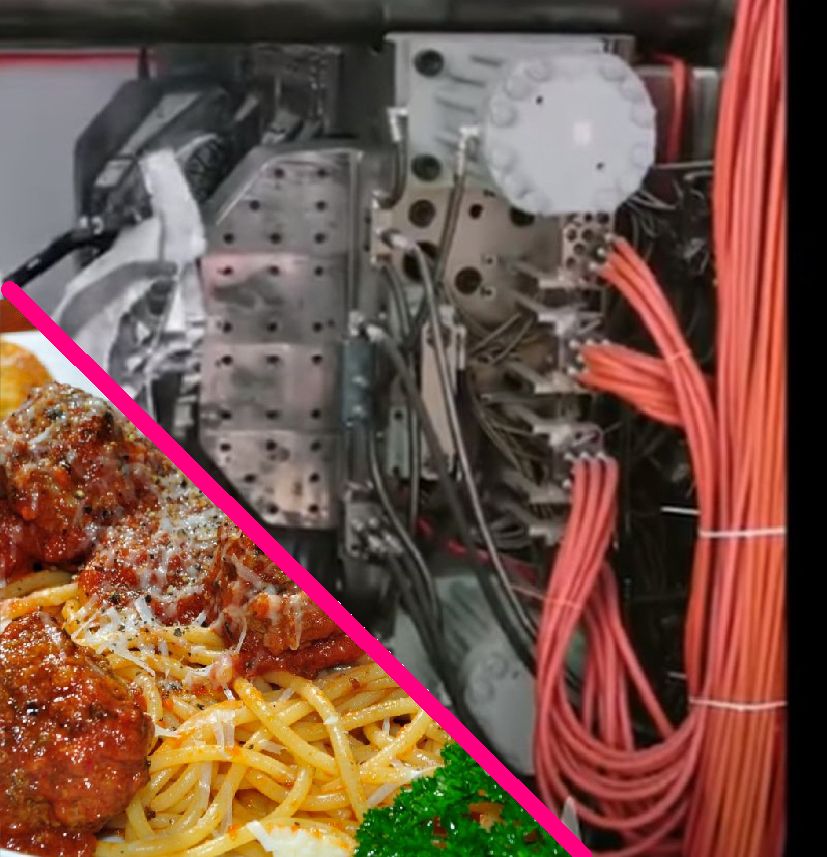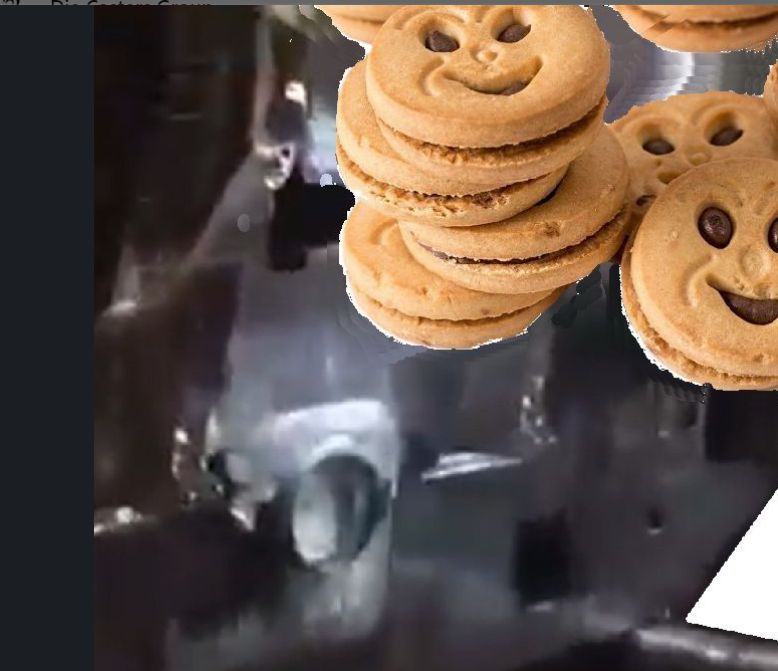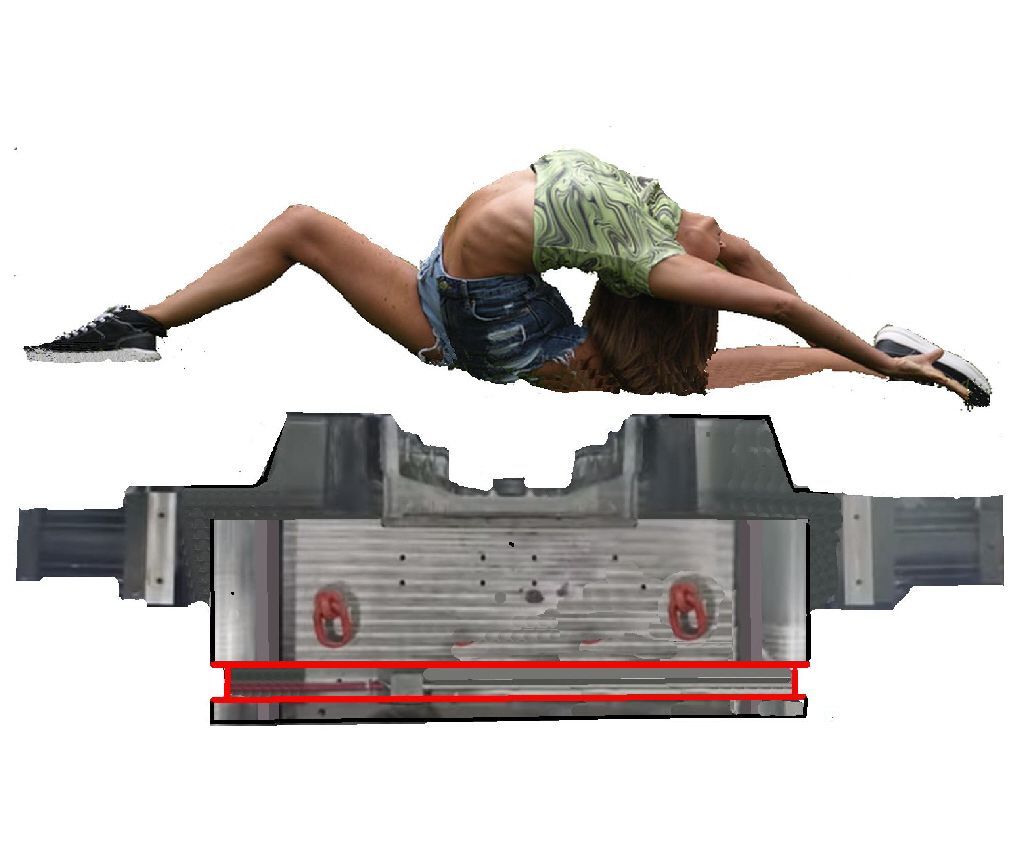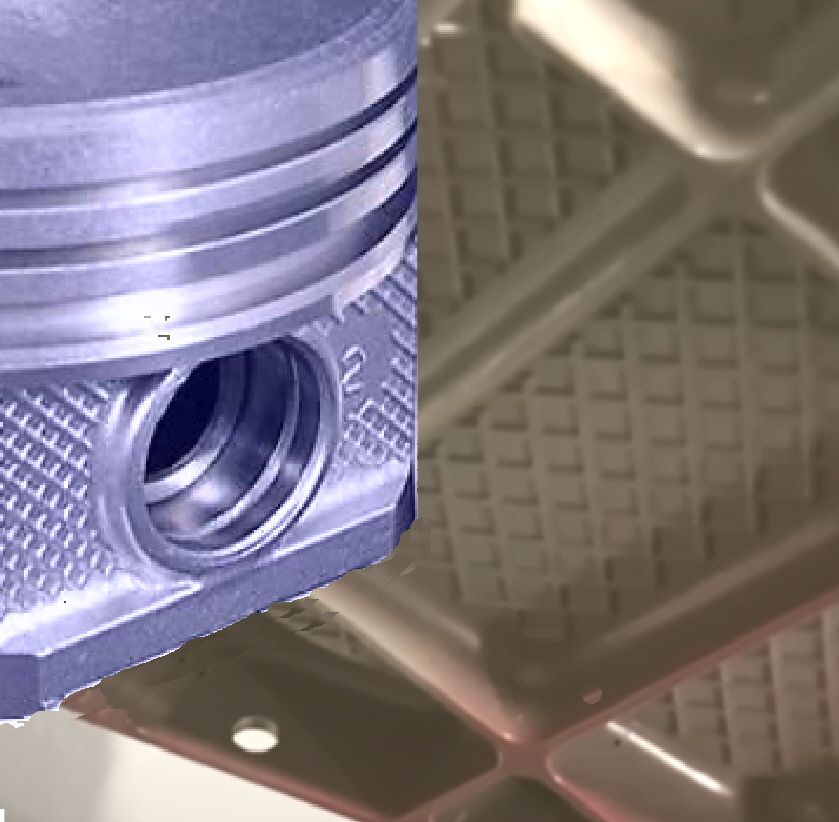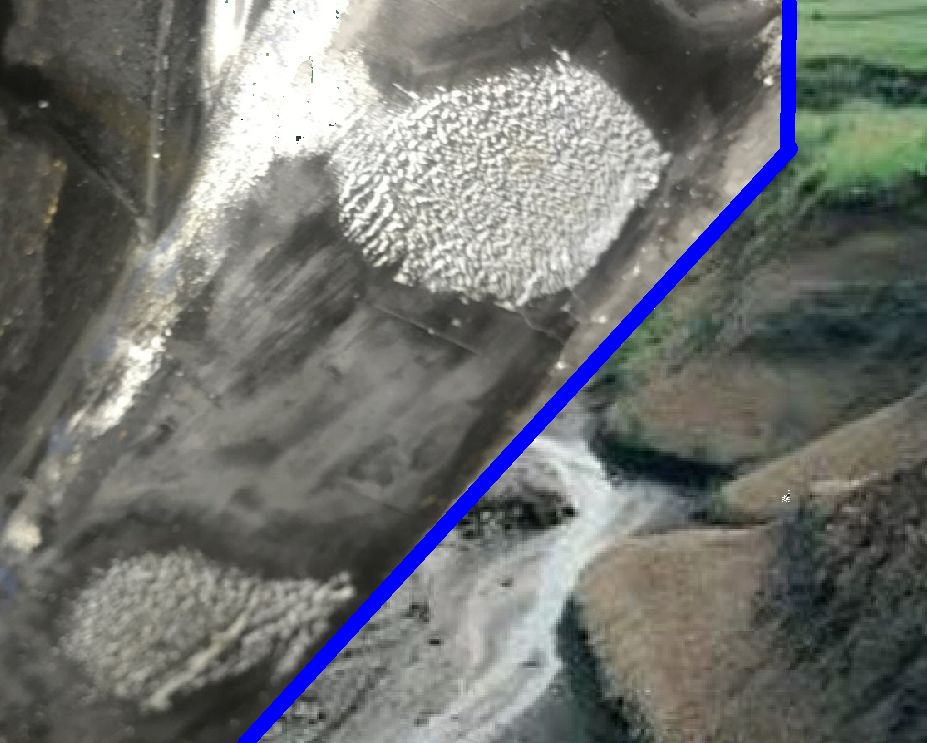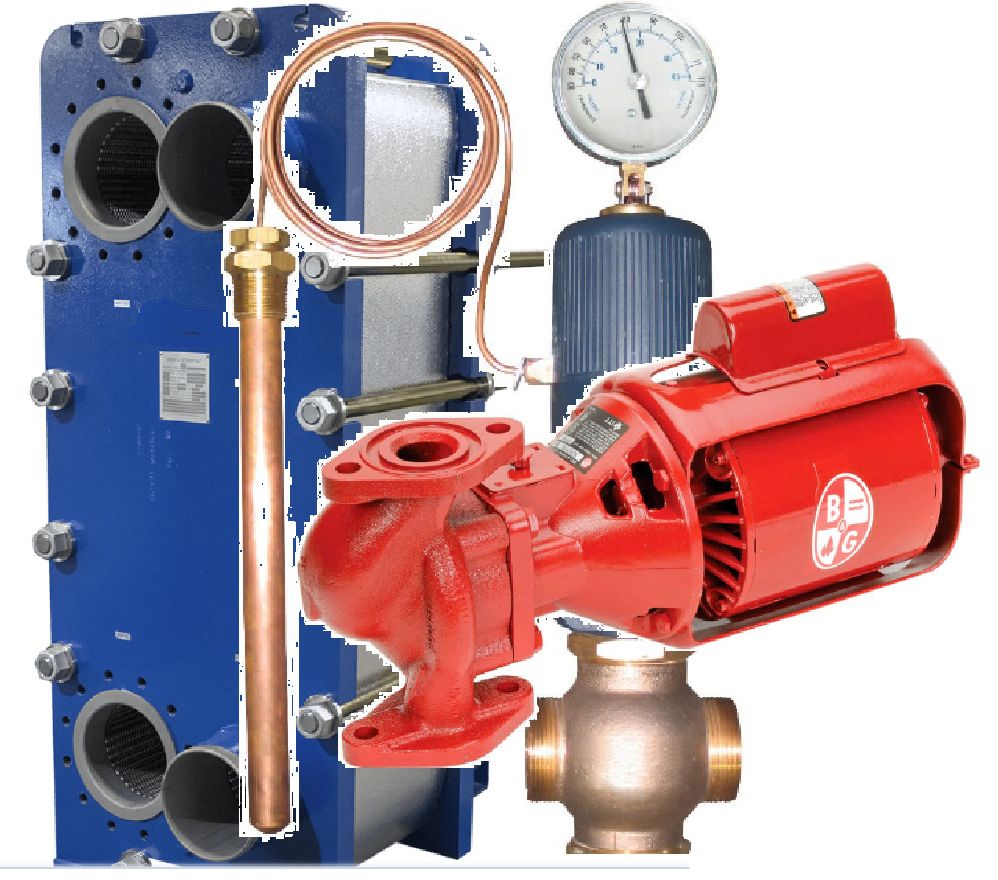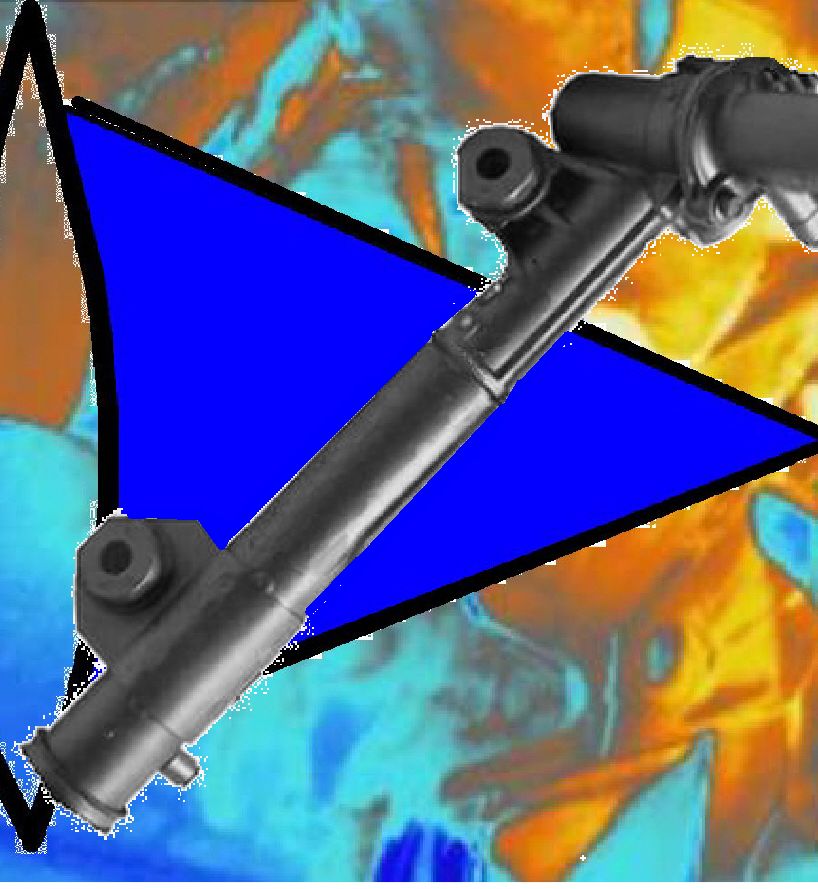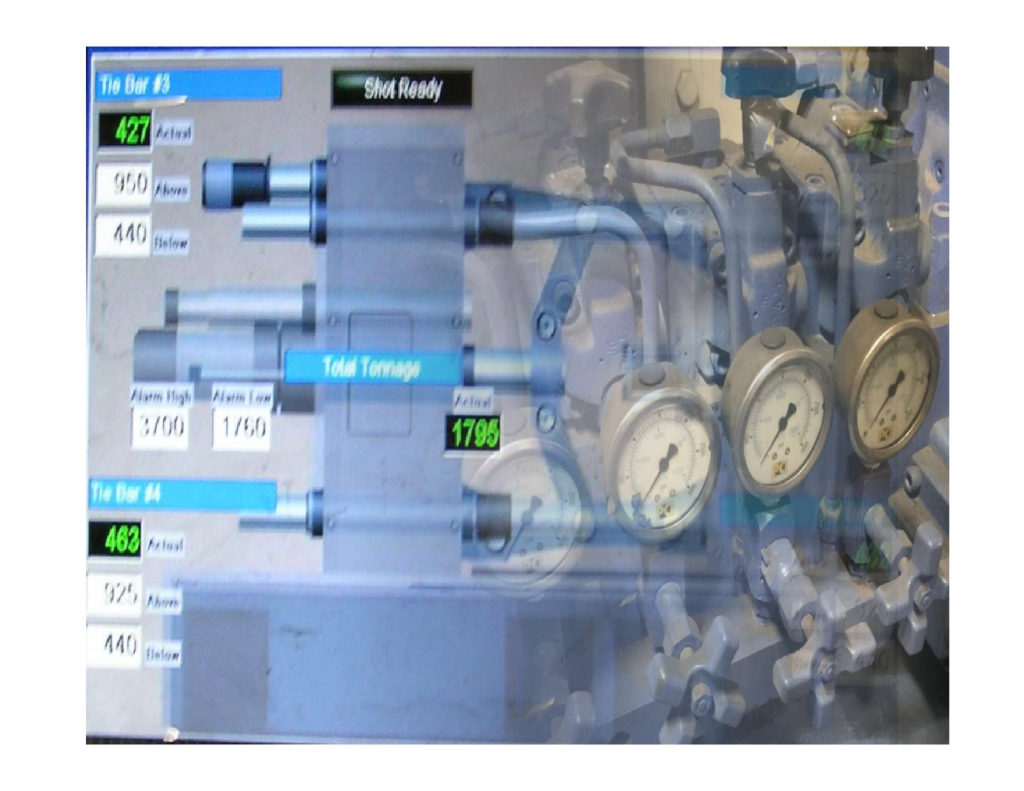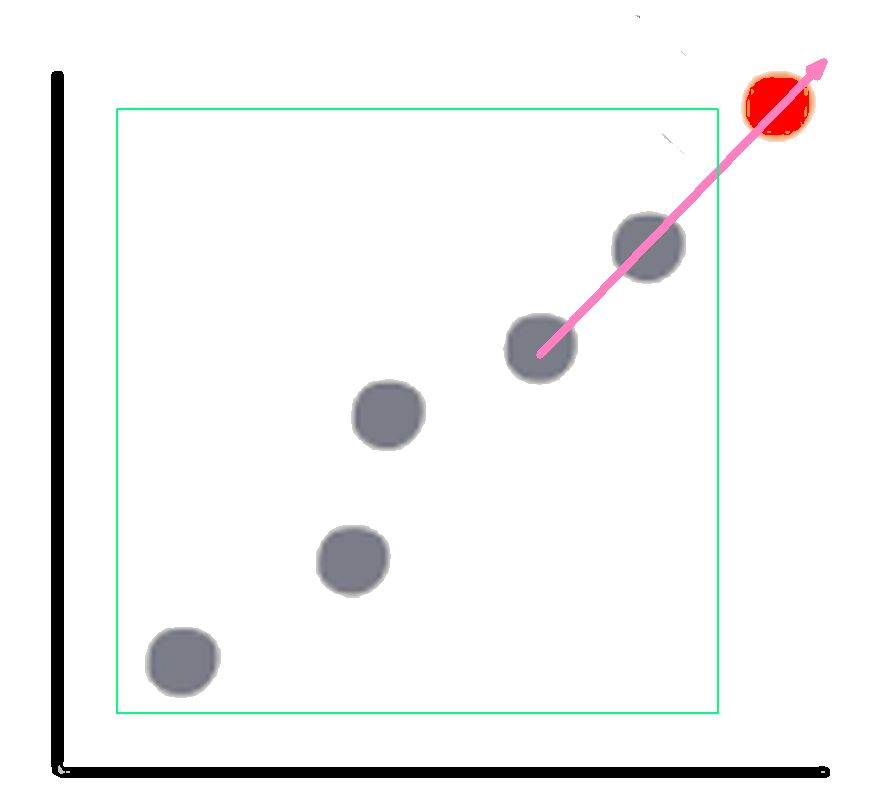
T
Ten years in the future our cars will look different than they do today. We are in a period of rapid change. The last big change era in transportation occurred when trains trucks and automobiles replaced horses at the beginning of the 20th century. Internal combustion engines powered those vehicles. The laws of thermodynamics dictate that that ICI engine converts the majority of the fossil fuel into heat not to mention the released carbon dioxide. (global warming) Yes, every form of transportation has negative side effects. (There was so much horse traffic into London that they found it impossible to collect the dung off of the streets) Looking back we see that most of the design strategies that are embedded in todays vehicles were visible at the beginning of the rapid change.
Extrapolating forward the technologies that will be embedded in our future vehicles are visible today. We will see flying vehicles based on current drone technology. Passenger vehicle will incorporate the electric scooter style hub motors we see today in place of the rear brakes. (You do not want to lock up the rear wheels in a panic stop ) The current rapid advancement in battery technology will reduce automobile weight back down to 2000 lb (900 kg) Fill up times at the energy station will similar the current fill up times for gasoline. (more efficient power use and quicker charging batteries) Solar cells will be everywhere. (power transmission lines are very expensive and no one wants them in their back yard) Waterfront cities will have offshore battery storage pods to supply the doubled electric power demand without exposing the citizens to the fire risk of concentrated energy storage

